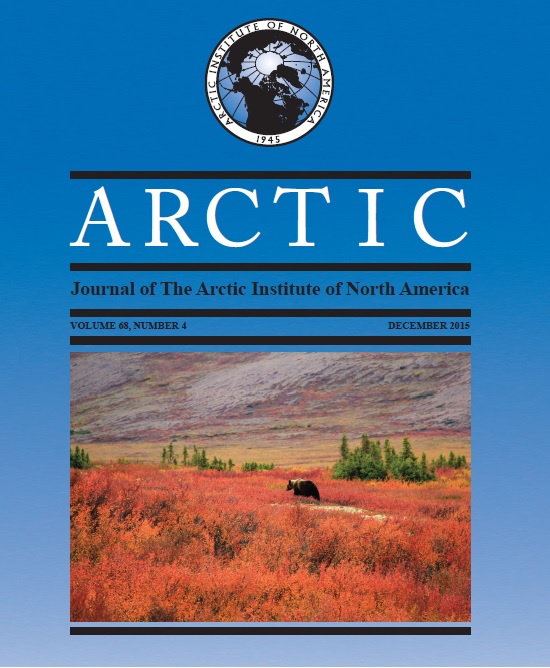Conceptual Models for Marine and Freshwater Systems in Alaska: Flexible Tools for Research Planning, Prioritization and Communication + Supplementary Appendices (See Article Tools)
DOI:
https://doi.org/10.14430/arctic4521Keywords:
baleen whales, Chinook salmon, ecological modeling, herring, strategic planning, systems modelsAbstract
Conceptual ecological models synthesize information about complex systems into simplified visual maps and can be used to prioritize system components for research or management attention. In this article, we introduce conceptual modeling methods that incorporate expert ratings about a suite of properties of system components, including assessment of the state of knowledge, the strength of ecological impact, and the state of management or research attention devoted to a given component. Quantitative ratings of the properties of system components are subsequently used to prioritize model components objectively for research or management attention. Two case studies, one on plankton-herring-baleen whale dynamics and one on Chinook salmon strategic research planning, are presented to illustrate techniques. For example, in the Chinook salmon case study, participants constructed a prioritization score that identified system components rated as high ecological impact, but low state of knowledge and low state of management or research attention. By addressing gaps in both knowledge and attention, participants implemented a strategy for research planning that complemented existing Chinook salmon research and management in the study region. The case studies demonstrated that conceptual ecological models could be completed successfully with an economy of time. Conceptual modeling has been implemented across a range of disciplines and provides a useful tool that natural resource management and research groups can use to organize collaborative efforts and communicate research or management progress to stakeholders or funders.


